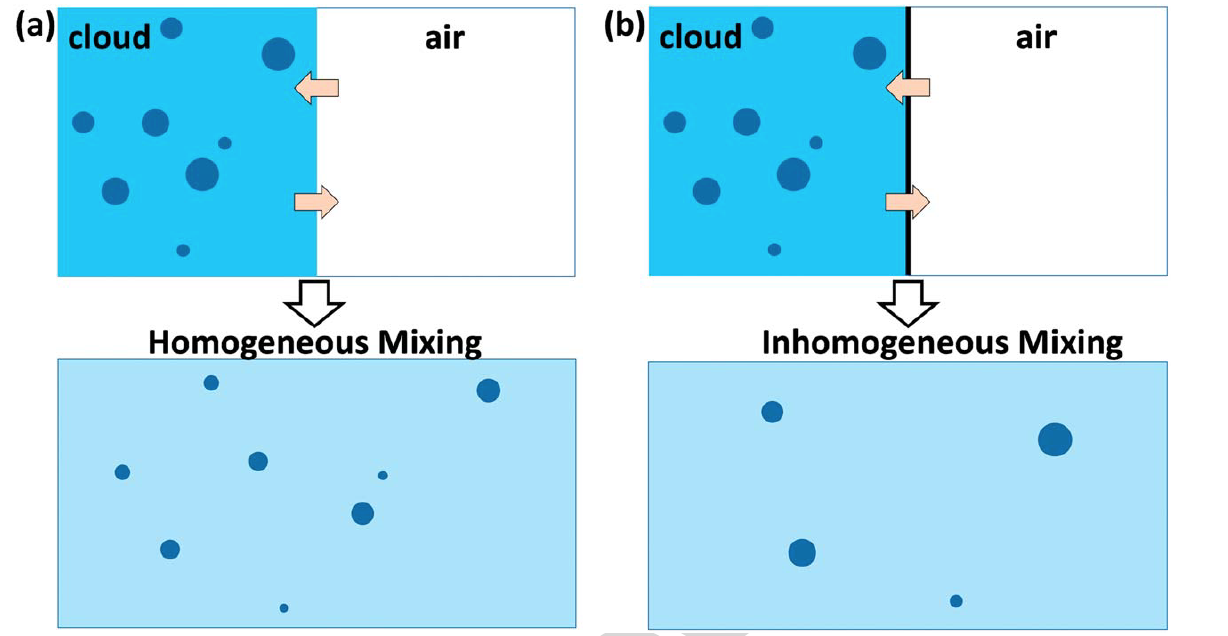Cloud edge properties measured by the ARM shortwave spectrometer over ocean and land
Submitter:
Marshak, Alexander — NASA - Goddard Space Flight Center
Area of research:
Radiation Processes
Journal Reference:
Science
We use the spectrally invariant method to study the variability of cloud optical thickness and droplet effective radius in transition zones between the cloudy and clear‐sky columns observed by the ARM shortwave spectroradiometer at the Southern Great Plains (SGP) atmospheric observatory (C1 location) and during the MAGIC field campaign in the Pacific Ocean between Hawaii and California. The spectrally invariant method approximates the spectra in the transition zone as a linear combination of definitely clear and definitely cloudy spectra. The slope and intercept of the linear relations characterize cloud optical thickness and droplet effective radius in the transition region.
Impact
The radiative transfer model simulations showed that (i) the slope of the visible band is positively correlated with cloud optical thickness, while (ii) the intercept of the near‐infrared band has a high negative correlation with cloud droplet size. We have analyzed 22 cloud edge cases from the SGP and MAGIC and found that in the transition between cloudy and clear sky (a) the slopes of the visible band decrease, indicating the decrease of optical thickness toward cloud edges, and (b) the intercepts of the near‐infrared band show a much more significant increase at the SGP than from MAGIC. The results from observed cases suggest that while cloud optical thickness decreases for all cases, the decrease in cloud droplet size is much more significant for cloud over land at the SGP site compared to the ocean counterpart during the MAGIC campaign.
Summary
Cloud edge area is an important region for understanding the mechanisms of the cloud mixing processes. We first used the radiative transfer model to test the assumptions of the spectrally invariant technique in the cloud edge areas. We found that for the VIS spectral region, the slope of the linear relationships decreases with decreasing cloud optical thickness, while for the NIR spectral region the intercept is highly anti-correlated with cloud droplet size.
We further studied the spectral invariance properties of the cloud edge cases observed at the SGP and during the MAGIC field campaign. We found significant decrease of cloud optical depth toward cloud edges; however, the generally decreasing trends in effective radius show distinctive significance levels between SGP and MAGIC. The results show that the decreasing trends of droplet size from the all SGP cases are much more significant than those from MAGIC, and the significance level for the MAGIC cases suggests that the droplet size in most of the MAGIC cases is constant toward cloud edges. This is consistent with understanding of the effect of RH on the mixing types from theoretical studies as shown by Pinsky and Khain (2018).


